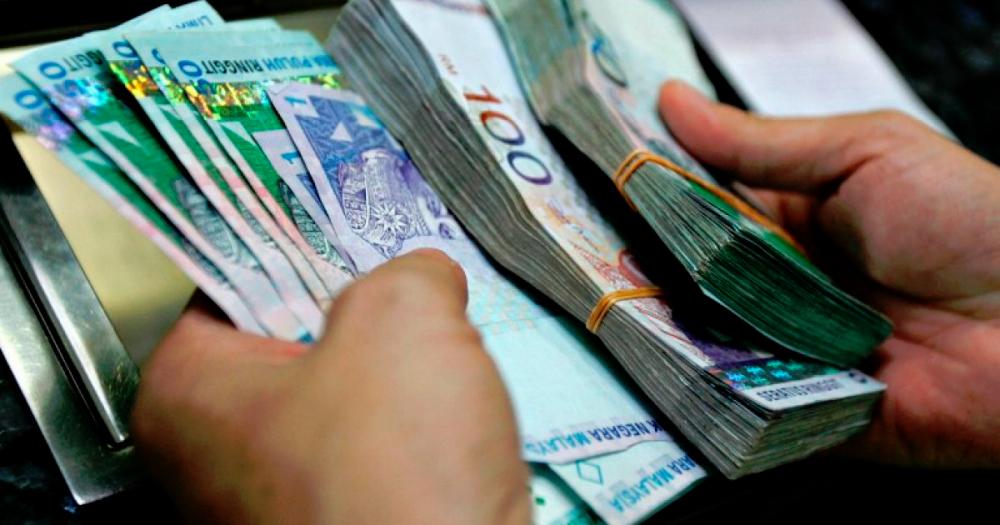PETALING JAYA: AmBank Research is looking at a rate cut of 25 basis points (bps) by Bank Negara Malaysia (BNM) in September, underpinned by external noises and the increasing number of central banks around the world cutting interest rates.
“We believe BNM will want to be in line with the monetary policy actions by the global central banks than to be staying ‘behind the curve’ in a move to support potential growth given that businesses are increasingly facing cash flow issues owing to poor orders,” the research house said in a report today.
Besides, it said, anecdotal evidence suggests that job market is gradually getting tougher and firms are looking at flexible working hours and voluntary separation scheme.
AmBank Research said a rate cut is also seen as a way to keep the ringgit competitive against the dollar.
In the worst-case scenario, it estimated that the ringgit could fall by 8–10% against the dollar should the yuan sink by 10% against the US currency.
“The base case suggests a more range bound scenario between 4.15–4.20 against the dollar. Our best case suggests the ringgit could reach 4.05–4.10 provided there is a trade deal between the US and China that will see the yuan appreciating.”
In the meantime, the research house said the current rate cut is increasingly focusing on weakening currencies in an environment of low inflation and an already cheap monetary policy used to support growth.
“The current move of rate cuts comes with a danger – it could tip off a monetary policy race to the bottom. Thus, it will raise the risk of a currency war. A currency war will do little to boost global growth prospects. It will also be tough for the dollar to weaken due to its dominant presence in global financial markets.”
AmBank Research also maintained its view of a 25bps rate cut by the US Federal Reserve in September. With the renewed trade tensions between the US and China, and if it continues to worsen as what is happening now, the possibility of a 50bps cut could become higher or a series of rate cuts in 2019 could take place.
“For a 50bps cut in September, our probability has dropped to 20% from 40% previously after taking into account of the more hawkish views from regional Fed bank presidents.”













